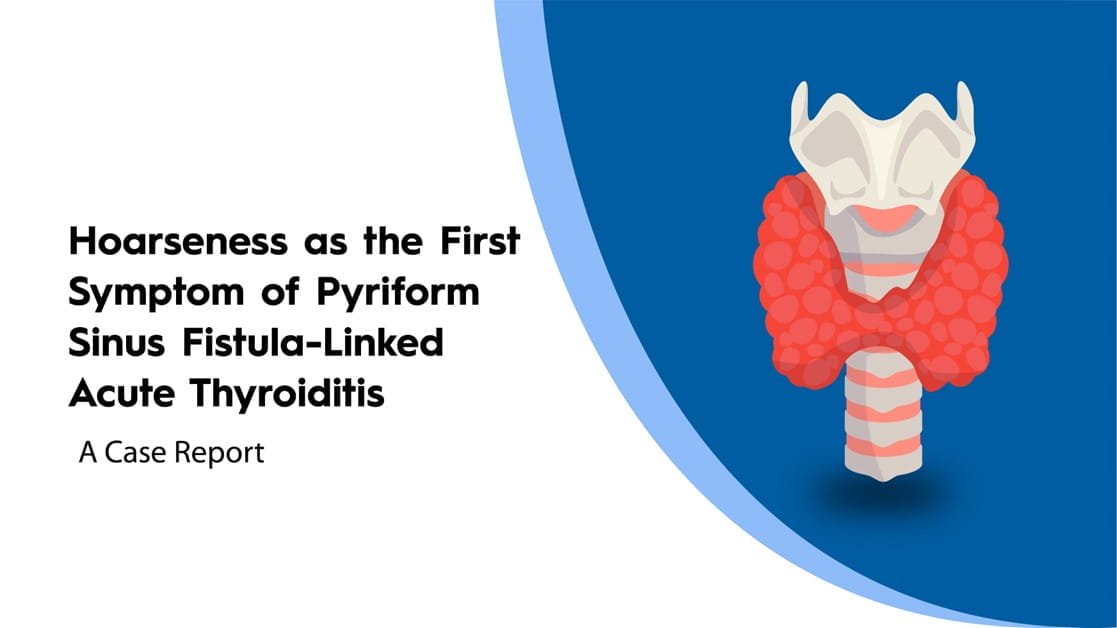Introduction:
IgE-mediated allergies were identified as common conditions with high morbidity and risk of severe hypersensitivity. Allergen immunotherapy (AIT) was noted as the only disease-modifying intervention, previously associated with the induction of allergen-specific IgG4 and expansion of CD23⁺ type 2 memory B cells (Bmem) expressing CD29 (integrin-β1).
Objective:
To evaluate the longitudinal impact of sublingual immunotherapy (SLIT) for house dust mite (HDM) allergy for 18 months on the frequency and phenotype of allergen-specific type 2 Bmem.
Method:
Thirty-eight individuals allergic to HDM were followed for 18 months; 21 received 300IR HDM SLIT tablets daily, while 17 received only symptomatic treatment. Serum levels of allergen-specific IgE, IgG4, and IgG2 to HDM extract, Der p 1, and Der p 2 were measured at baseline and at 4, 12, and 18 months. Allergen-specific Bmem were phenotyped for isotype, subclass, CD23, IL-4Rα, and CD29.
Results:
Sensitization to Der p 1 and/or Der p 2 was confirmed in nearly all subjects. SLIT recipients exhibited a reduction in symptom scores (from a median of 57 to 7). Allergen-specific IgE levels were elevated at 4 months, while IgG4 levels rose at 12 and 18 months. Expansion of allergen-specific Bmem and enhanced class-switching to IgG2, IgG4, and IgA were observed during treatment. Allergen-specific type 2 Bmem expanded until 12 months, then declined in number and IL-4Rα expression by 18 months, coinciding with an increased presence of IgG4⁺ and CD29⁺ Bmem.
Conclusion:
A temporal expansion followed by contraction of type 2 Bmem was induced by HDM-SLIT. A phenotypic shift away from the type 2 profile in allergen-specific Bmem was observed by 18 months, potentially indicating a mechanism for sustained unresponsiveness after AIT.
European Academy of Allergy and Clinical Immunology 2025,13-16 June, Glasgow, United Kingdom.




